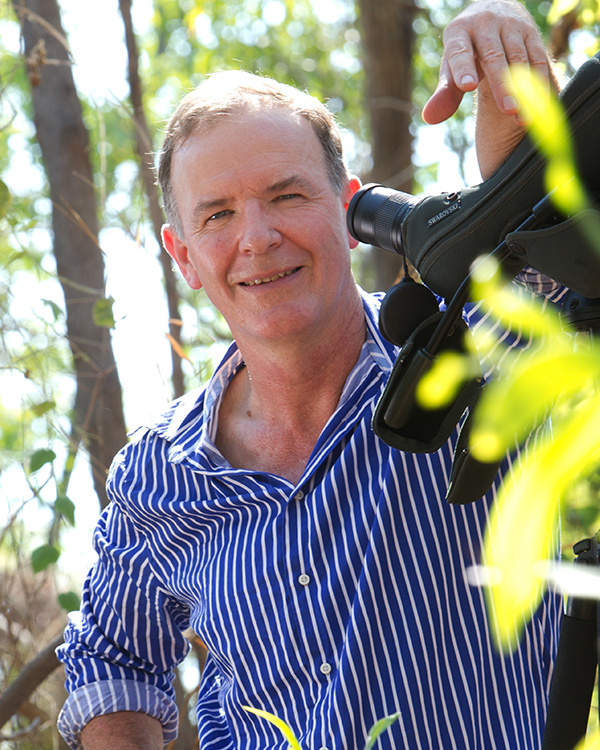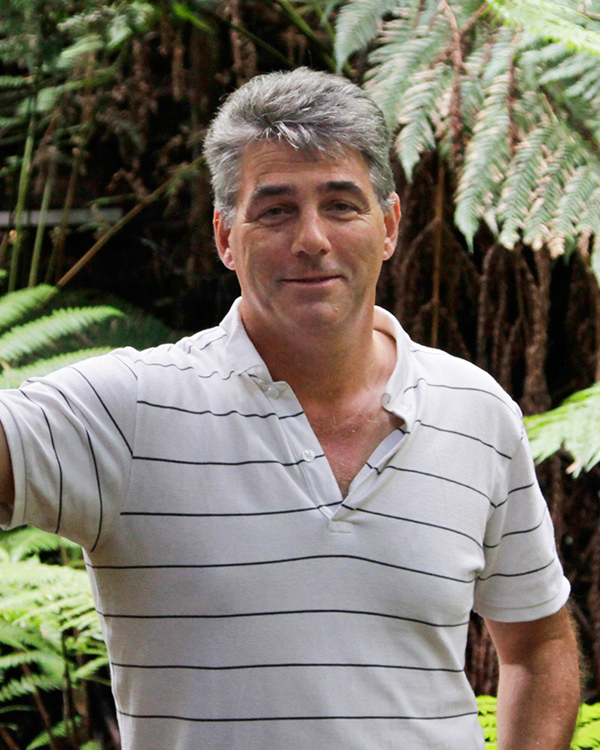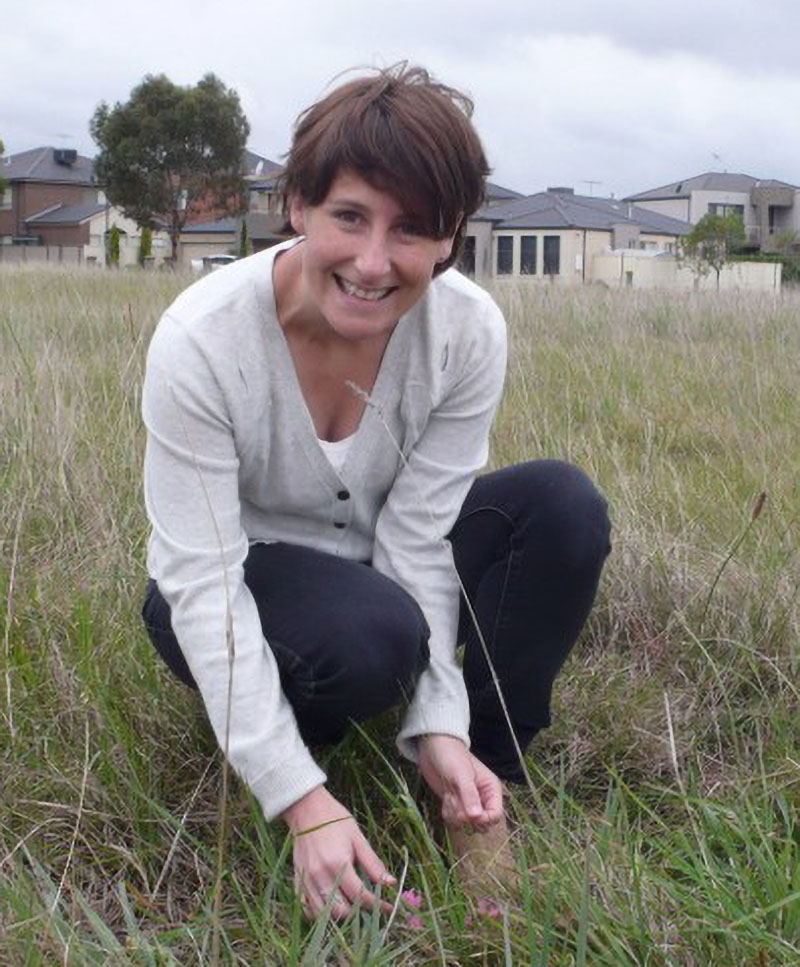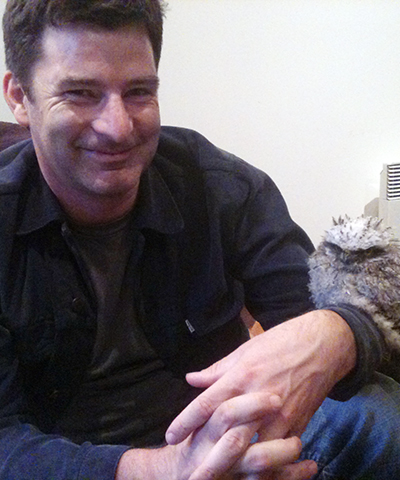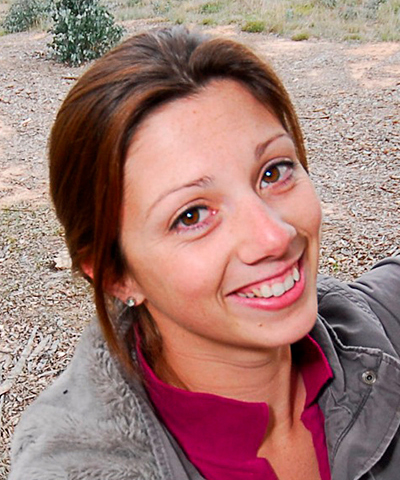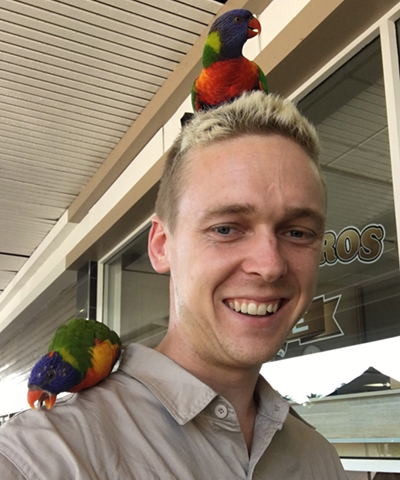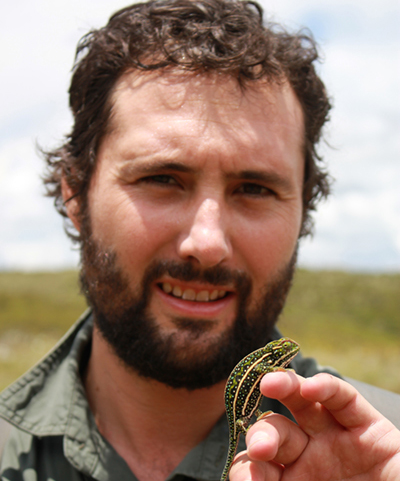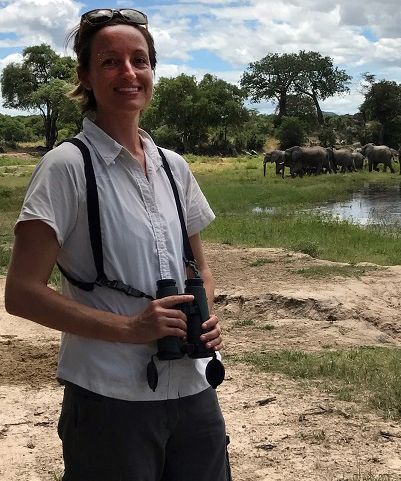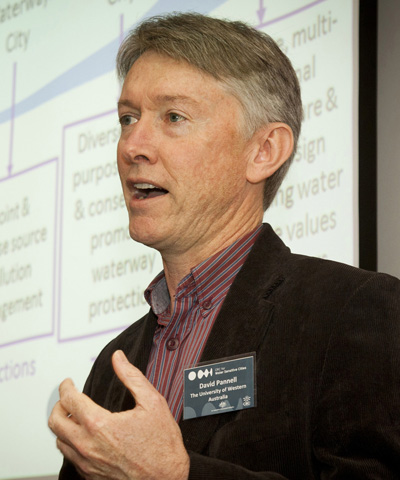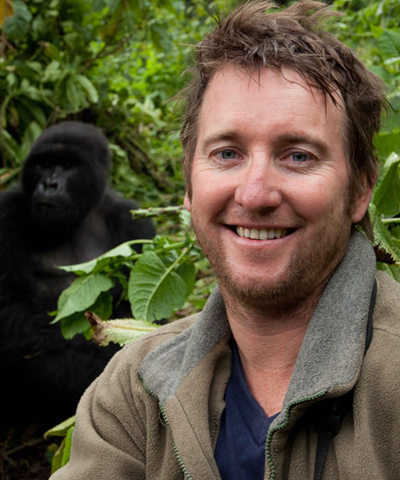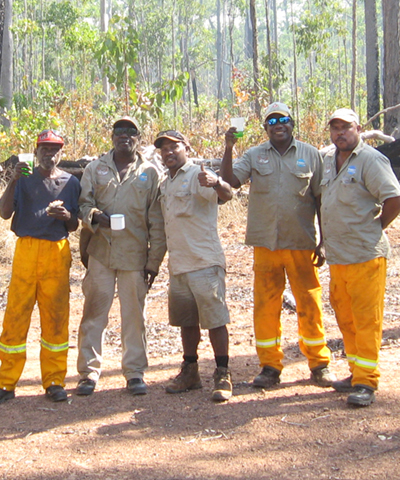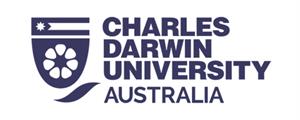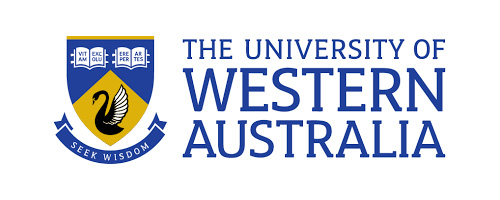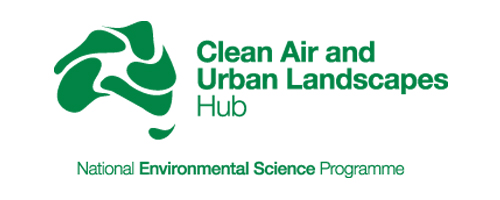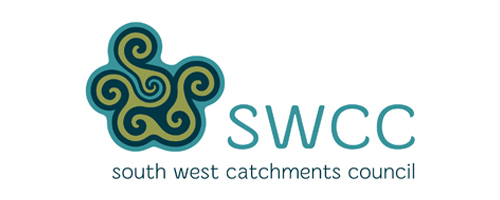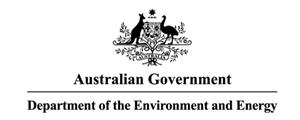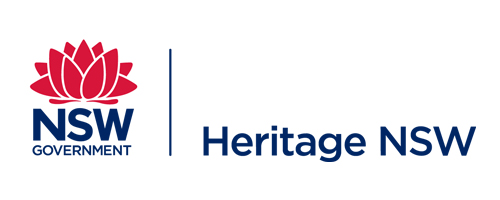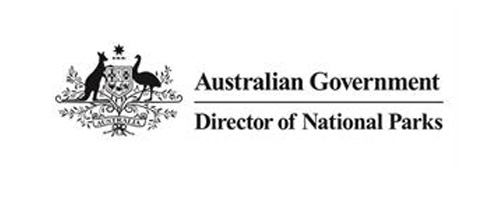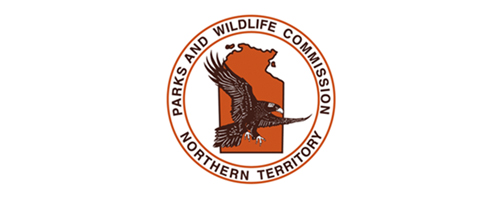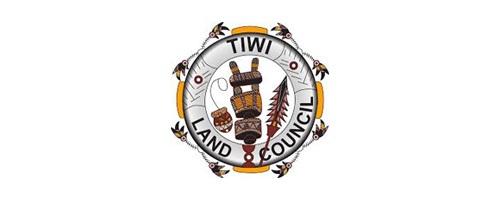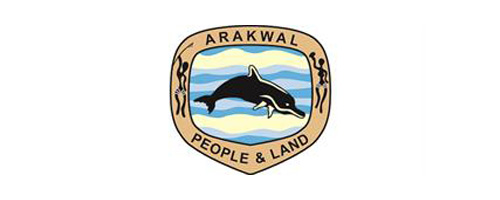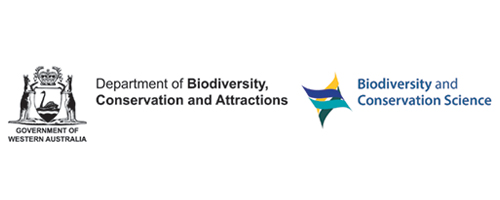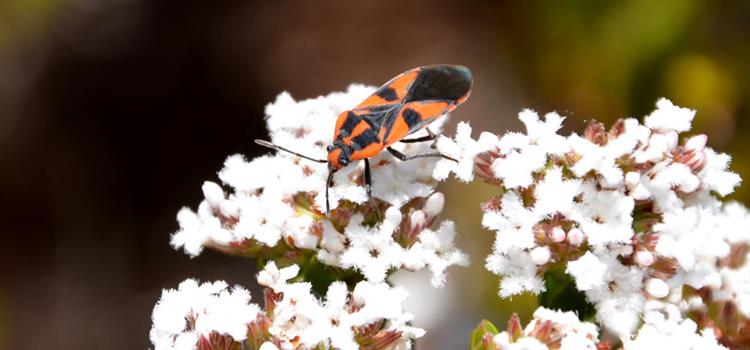
Theme 6.0
Using social and economic opportunities for threatened species recovery
By understanding the economic and policy processes that underlie threatened species management, and enhancing social engagement, on-ground activity will improve.
This theme will focus on:
- Using social and economic opportunities for threatened species recovery, including the role of citizen science and methods for better community buy-in
- Quantifying the benefits of threatened-species management in rural and regional economies
- Learning from practical on-ground priorities and management approaches of local Indigenous communities
- Learning the reasons for success and failure in the past.
Projects
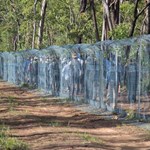
The economics of threatened species management
6.1
Saving threatened species from extinction costs money. Costs play a big part in decision-making around conservation actions, yet using economic theory in developing decision frameworks for conservation has not been done before.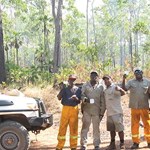
Indigenous action in threatened species research and management
6.2
This project aims to support on-country enterprise and partnership opportunities for Indigenous people to participate in protecting and recovering Australia's threatened species and their habitats.
Plants and animals we care about on the Tiwi Islands
6.2.2
This research project will explore how Indigenous aspirations for conservation management are incorporated into collaborations with western conservation scientists.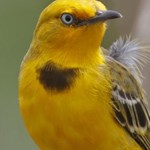
The conservation ecology of the Alligator Rivers yellow chat
6.2.3
The Alligator Rivers yellow chat is a small, bright yellow insectivorous subspecies of bird living on the floodplains of several major rivers in the ‘Top End’ of the Northern Territory including within and nearby Kakadu National Park. Despite its listing as Endangered, little research has been conducted on the bird and its habitat requirements and major threats are not well understood.
Improving communication and community buy-in to threatened species conservation
6.3
This project will explore and test ways of increasing community buy-in to threatened species conservation in Australia. Using tools such as online surveys, focus groups and workshops, it will build an understanding of how communication and messaging affects social attitudes towards the conservation of Australia’s threatened species.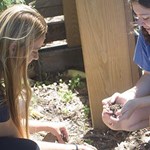
Iconic Species in Schools
6.3.4
The Iconic Species in Schools project will investigate and quantify the environmental and cultural benefits of reconnecting children with Australia’s unique biodiversity and cultural heritage. The project will use activities including habitat provision, active learning and play to deliver conservation messages to children and expose them to Indigenous culture and heritage.
Targeting Australia’s highest biodiversity impact behaviours
6.3.5
Most biodiversity loss is caused by human behaviour, so changing harmful behaviours is critical for protecting biodiversity. In Australia, getting individuals to change to behaviours that can directly benefit threatened species is thwarted by a poor understanding within the research, governance and general communities of what individuals can do that will make a difference.
Prioritising conservation efforts and communicating conservation opportunities in urban areas
6.3.6
More than 370 EPBC-listed threatened species can be found in Australian cities and towns. Yet we understand little about how to promote the management and recovery of threatened species in urban areas.
Learning from success and failure in threatened species conservation
6.4
The project examines the reasons behind success and failure in the management of threatened species and communities. It will identify the factors that are common to successful recovery projects.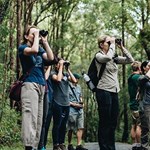
Citizen science for threatened species conservation and building community support
6.5
Citizen science is surging in Australia, and represents a huge opportunity to engage the public with threatened species, to capture valuable data and to deliver crowd-sourced on-ground conservation action. This project will deliver protocols to guide the application of citizen science to threatened species monitoring and management.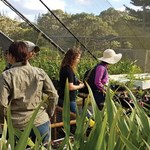
Key factors for effective partnering for threatened species recovery
6.6
This project will analyse the long-term value of partnerships in threatened species recovery and identify the governance arrangements that are most effective at building and maintaining partnerships for conservation outcomes.Project Leaders
Project Team
Related News
-
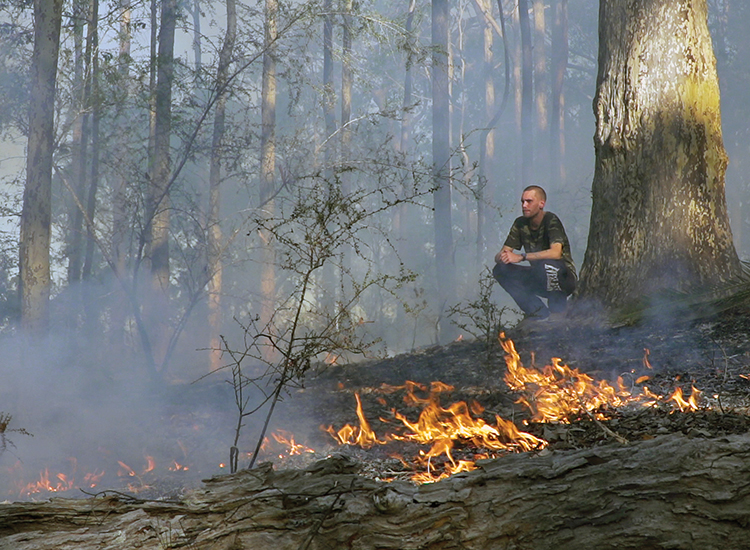
Cultural fire: Listening to and caring for Country with fire
Monday, 31 August 2020 -
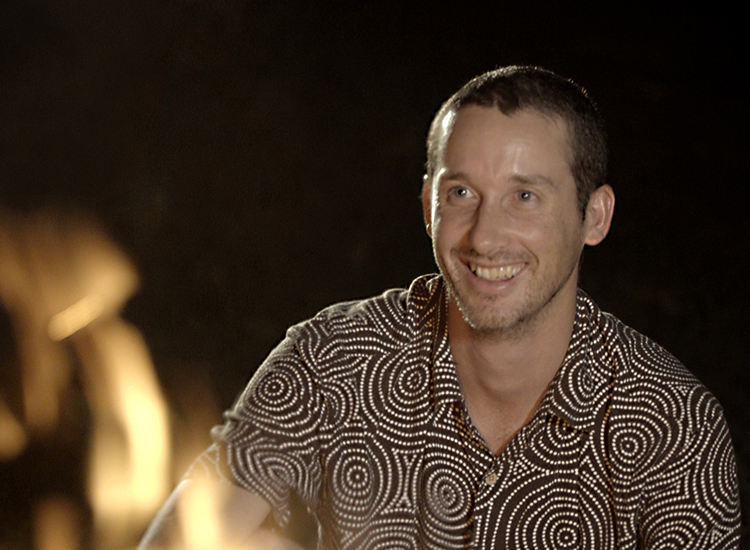
Indigenous advisor profile: Oliver Costello - Healing Country with cultural fire
Wednesday, 02 September 2020 -
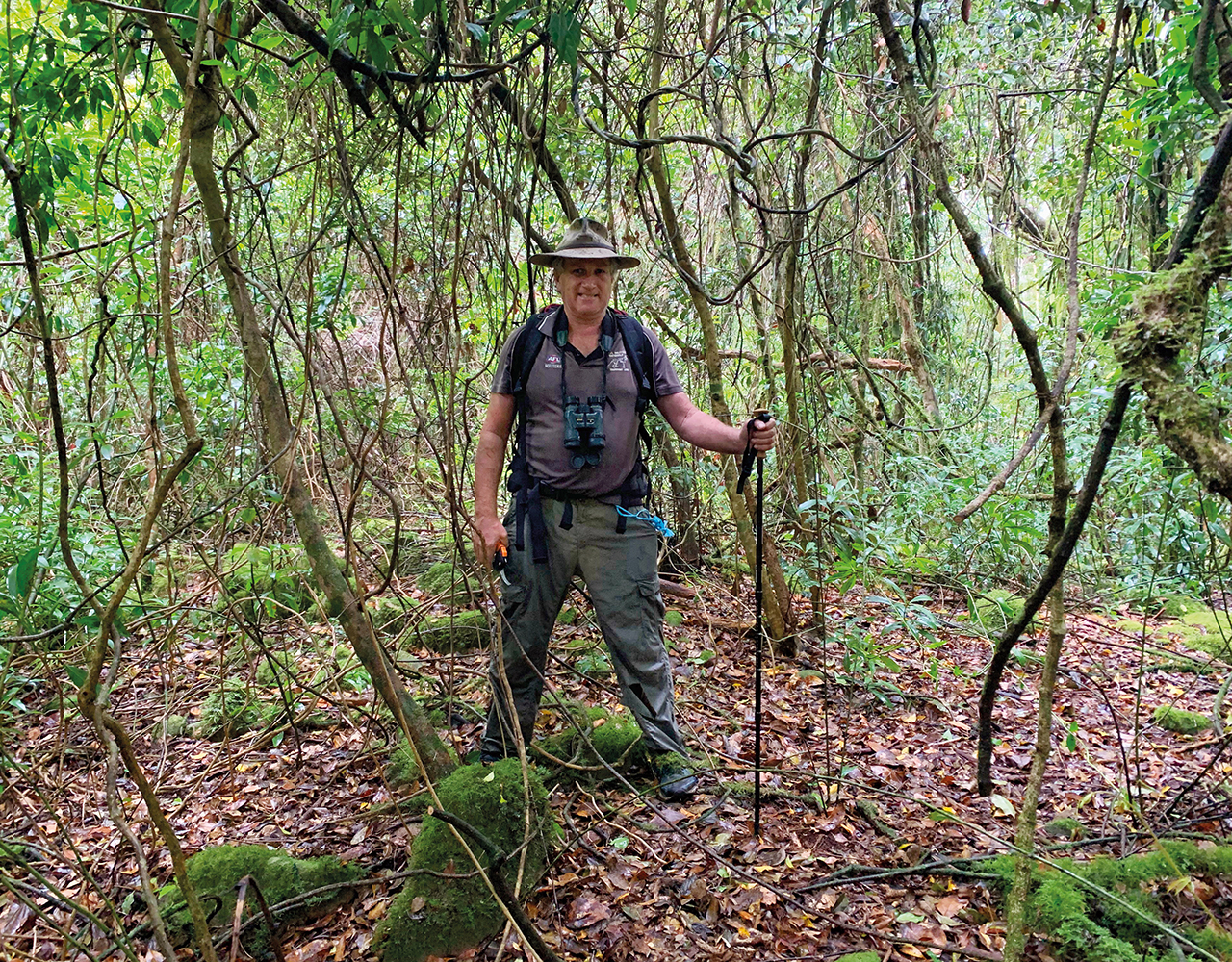
The importance of community for threatened species
Wednesday, 21 October 2020 -
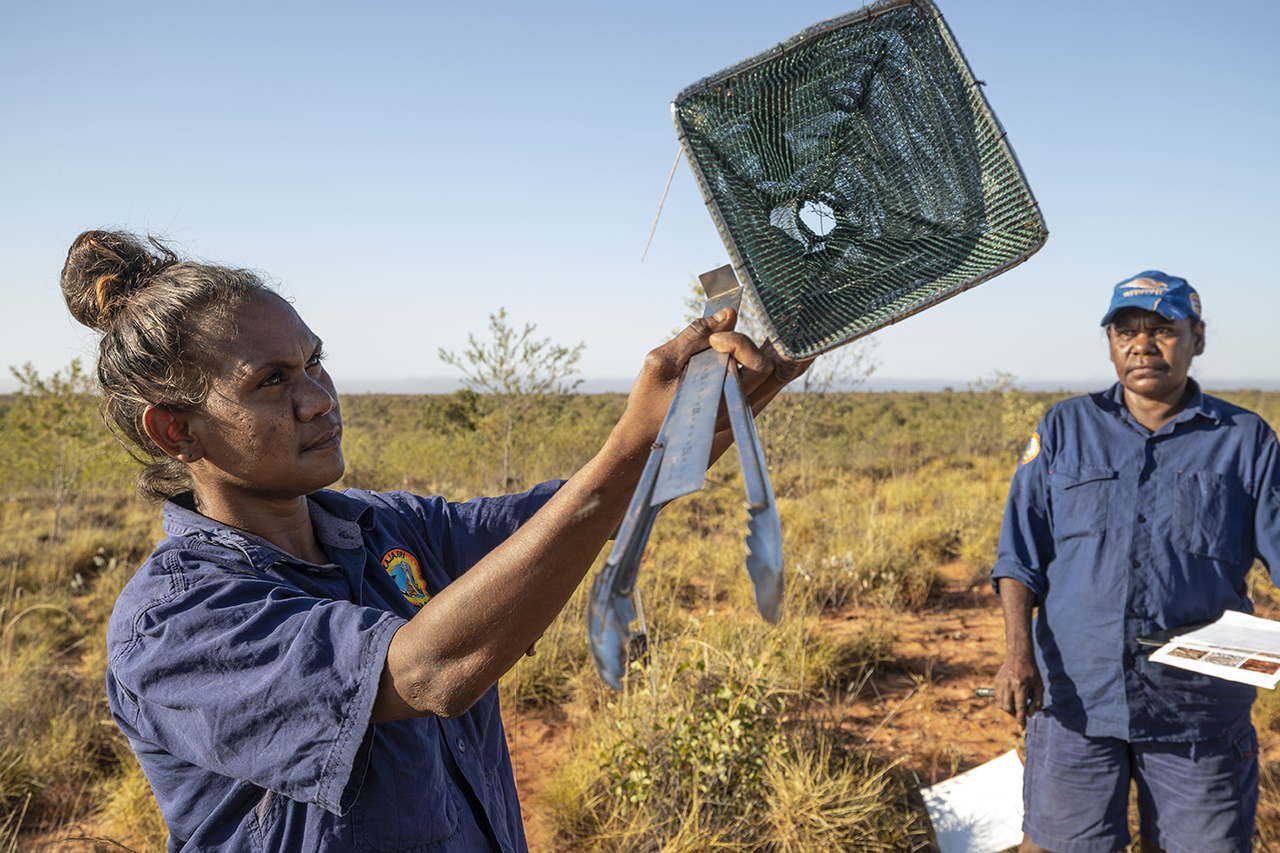
Indigenous Engagement Protocols: Forging respectful, meaningful partnerships for research impact
Wednesday, 21 October 2020 -
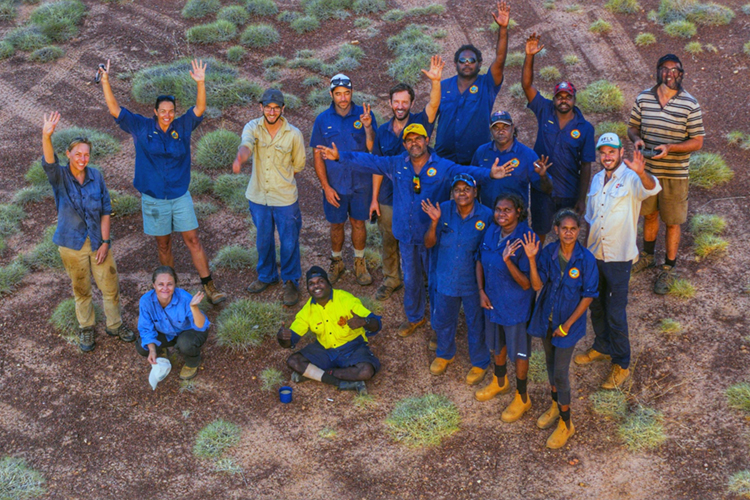
Appeasing Bluetongue Managing fire in the Great Sandy Desert
Tuesday, 13 August 2019 -
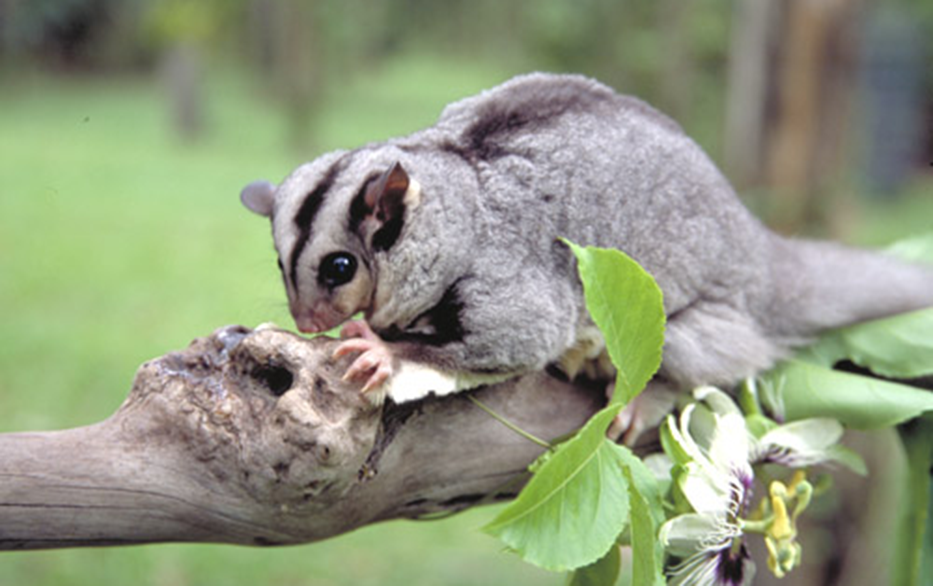
Australia’s possums and gliders
Tuesday, 09 July 2019 -
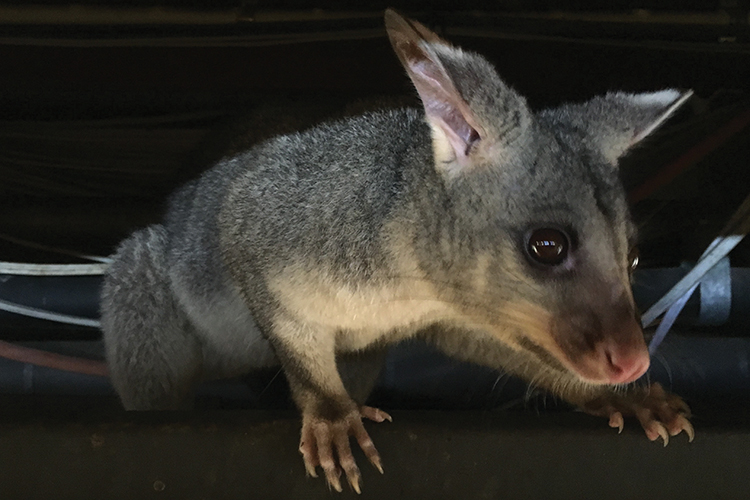
Backyard scientists helping possums and gliders
Tuesday, 26 November 2019 -
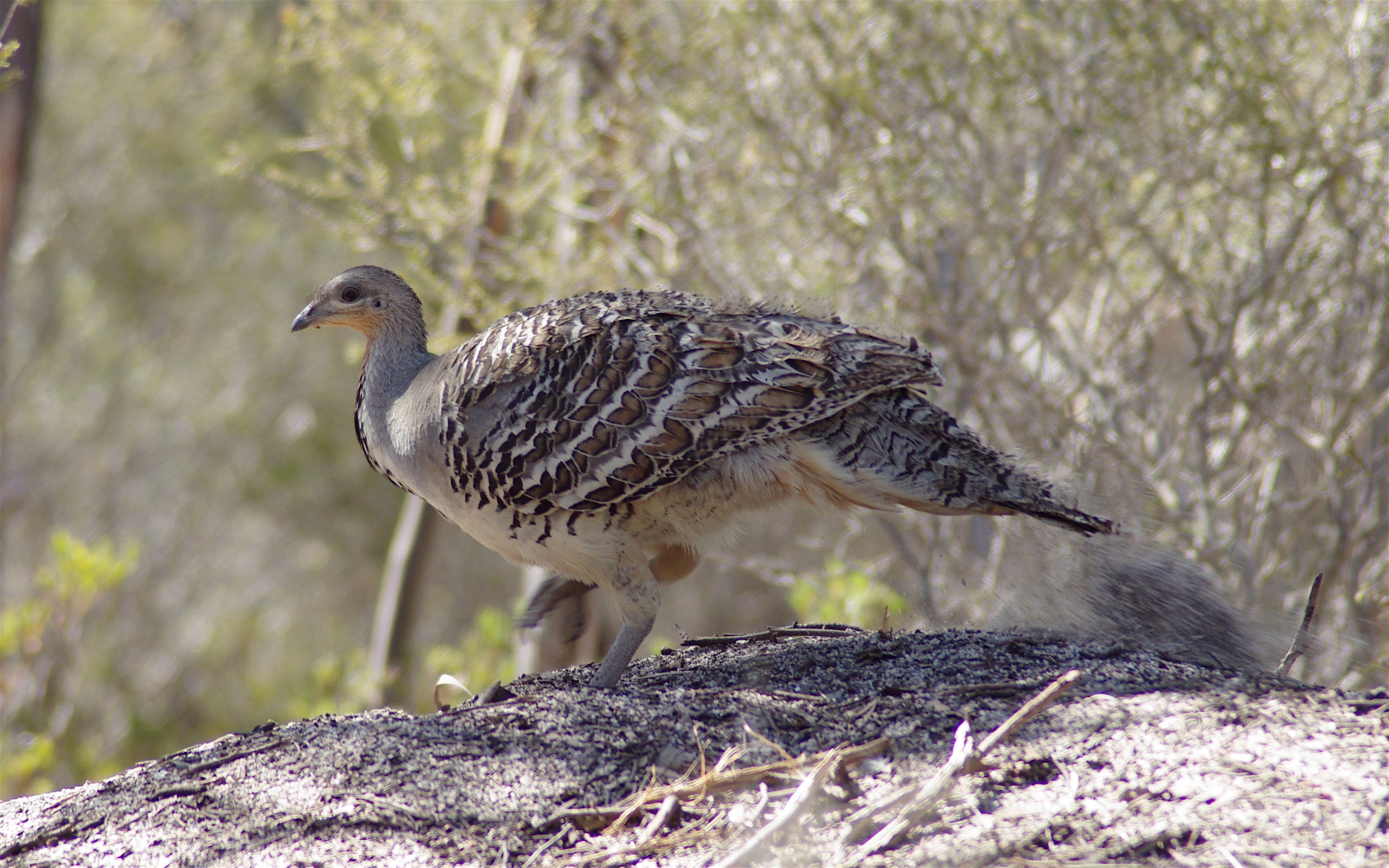
Best-practice governance for threatened species recovery teams
Wednesday, 14 December 2016 -
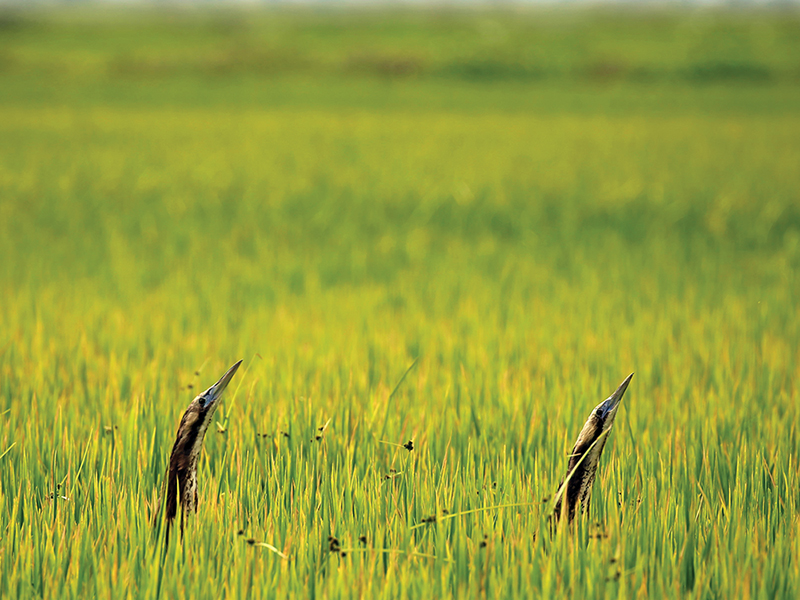
Bitten by the bittern bug
Wednesday, 20 May 2020 -
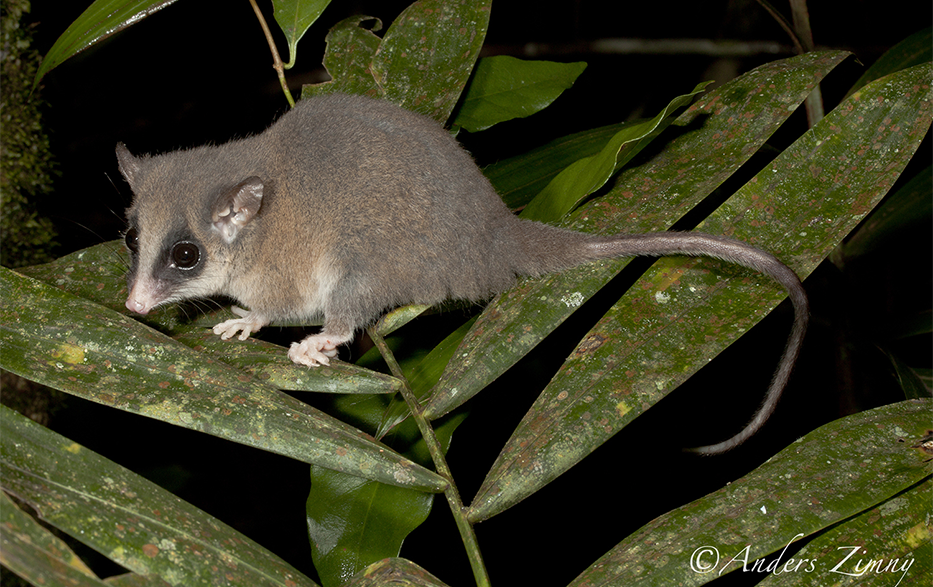
CAUL Urban Wildlife app Possums and Gliders Project
Friday, 24 May 2019 -
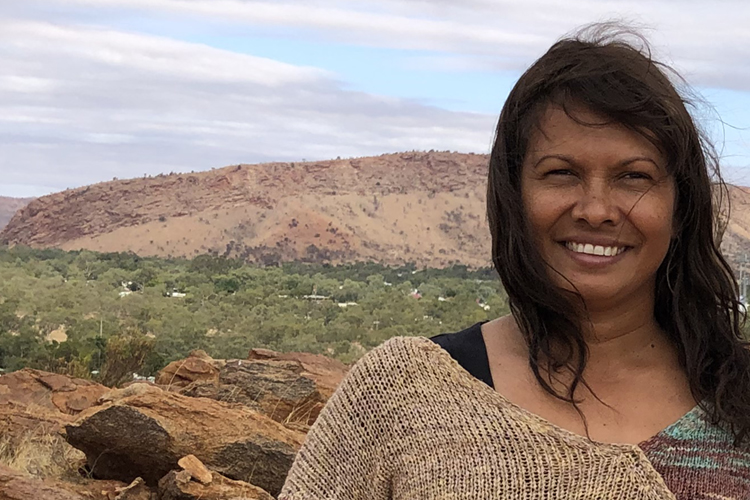
Changing the way research is driven
Tuesday, 13 August 2019 -
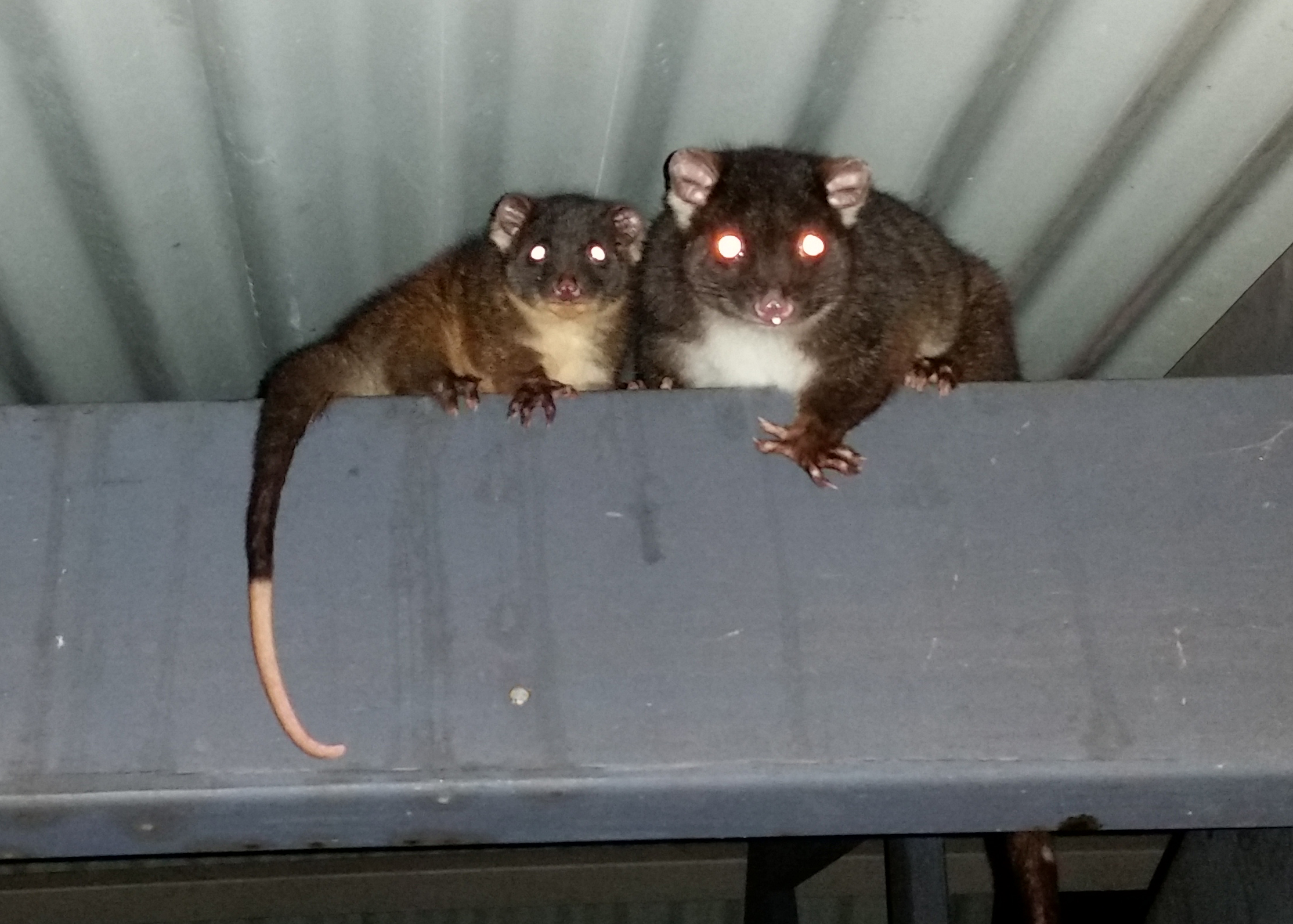
Citizen scientists collaborate on mammal surveys in urban gardens
Tuesday, 29 January 2019 -
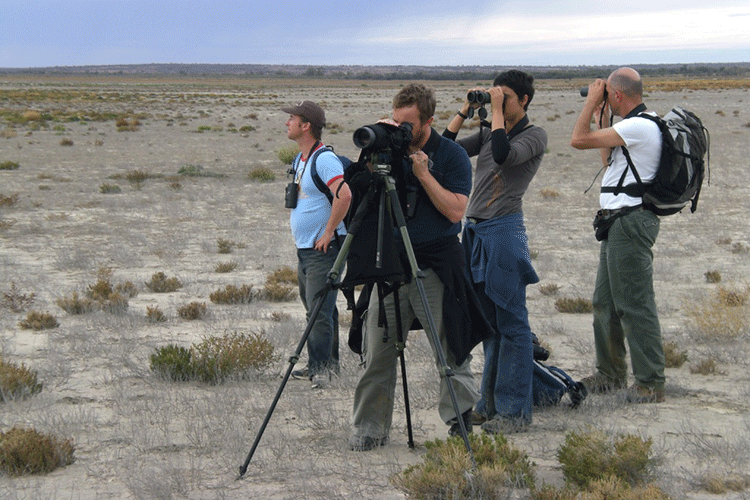
Citizen, where art thou?
Monday, 07 August 2017 -

Connecting Victorian kids with Indigenous culture and the environment
Tuesday, 20 August 2019 -
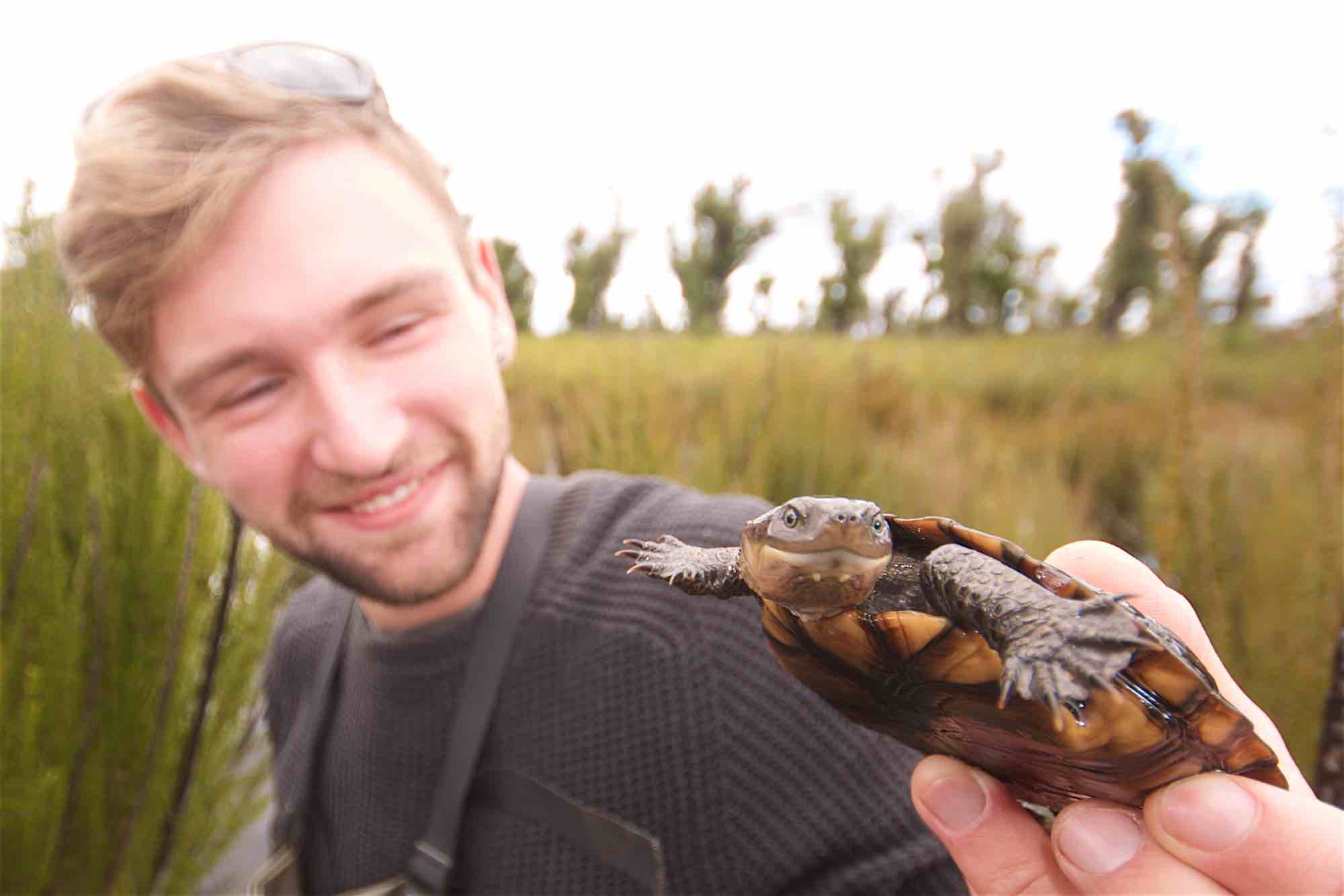
Editorial: It is people who save species
Thursday, 15 December 2016 -
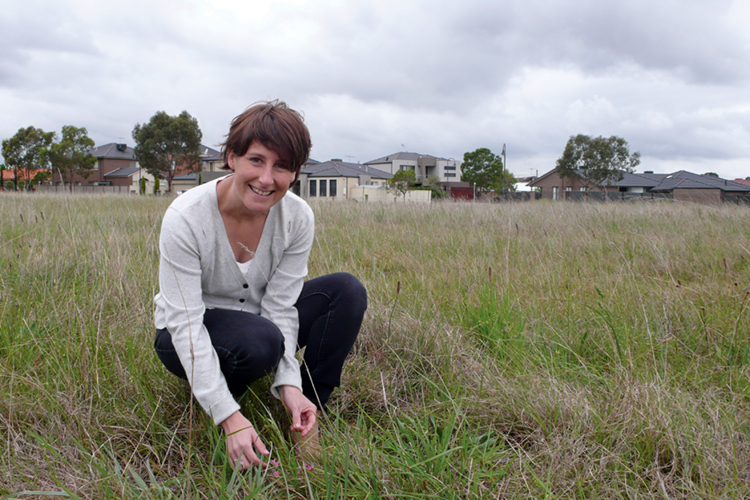
Georgia Garrard - Connecting people with biodiversity
Tuesday, 12 March 2019 -
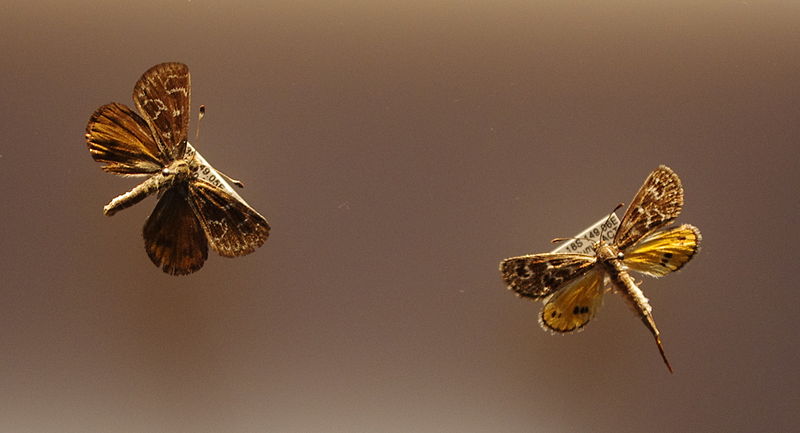
Holding on to what's golden
Tuesday, 11 October 2016 -
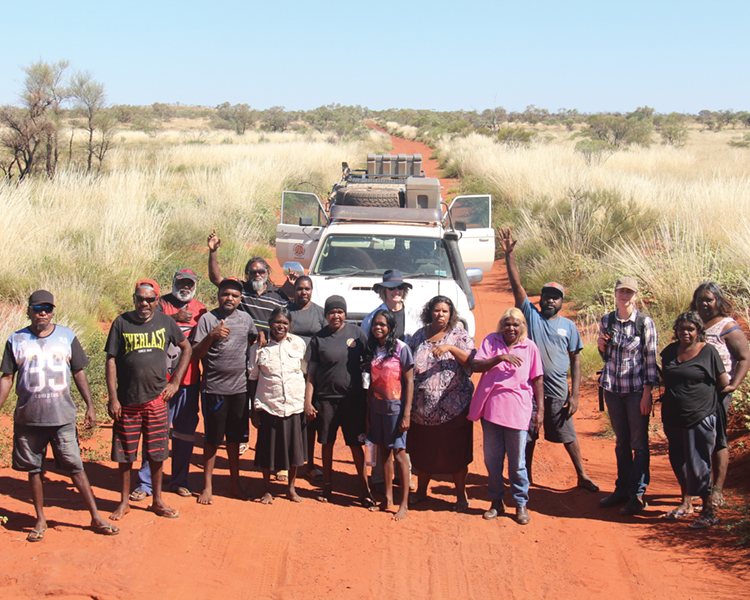
Indigenous engagement vital to saving species
Tuesday, 29 May 2018 -
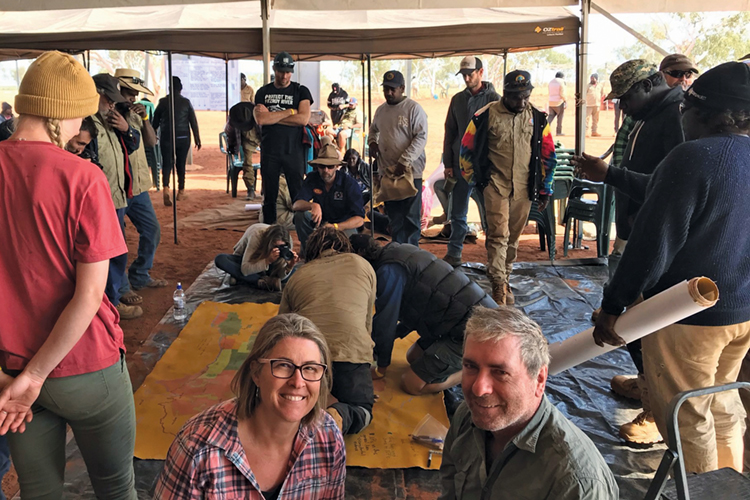
Indigenous people critical for threatened species
Tuesday, 13 August 2019 -
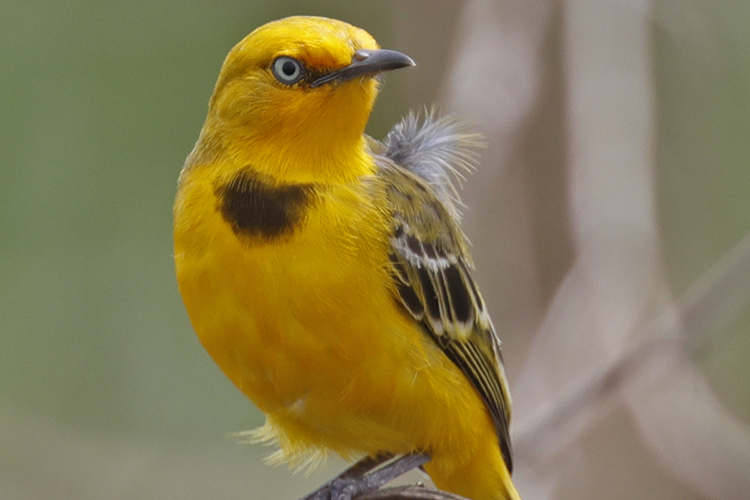
Kakadu collaboration for the yellow chat
Wednesday, 05 June 2019 -
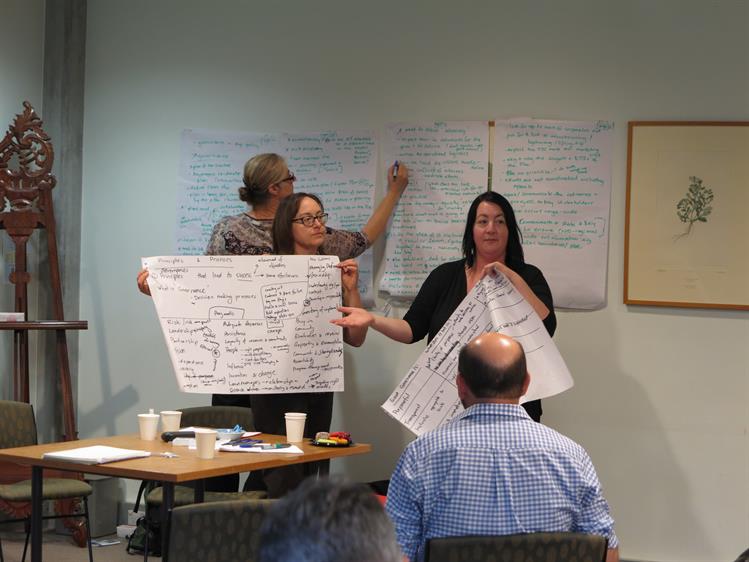
Learning from conservation success
Thursday, 02 July 2020 -
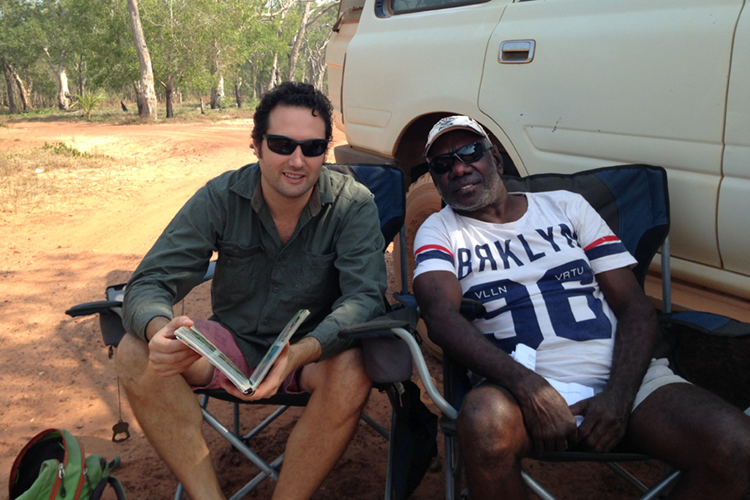
Looking after culturally significant and threatened species on the Tiwi Islands
Tuesday, 20 August 2019 -
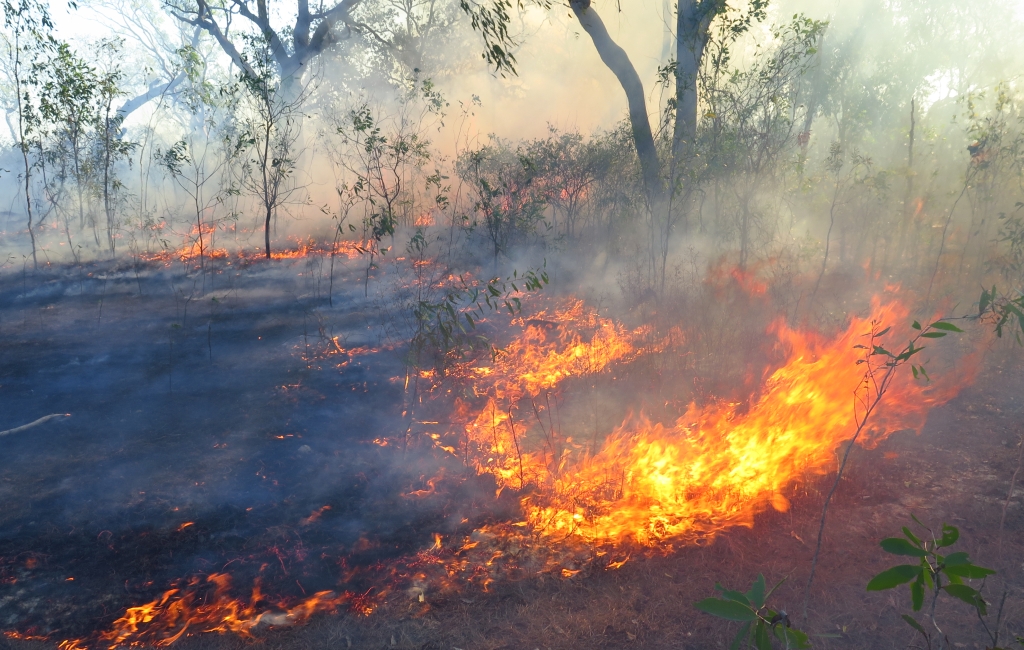
Partnerships with Indigenous communities key for threatened species
Wednesday, 30 March 2016 -
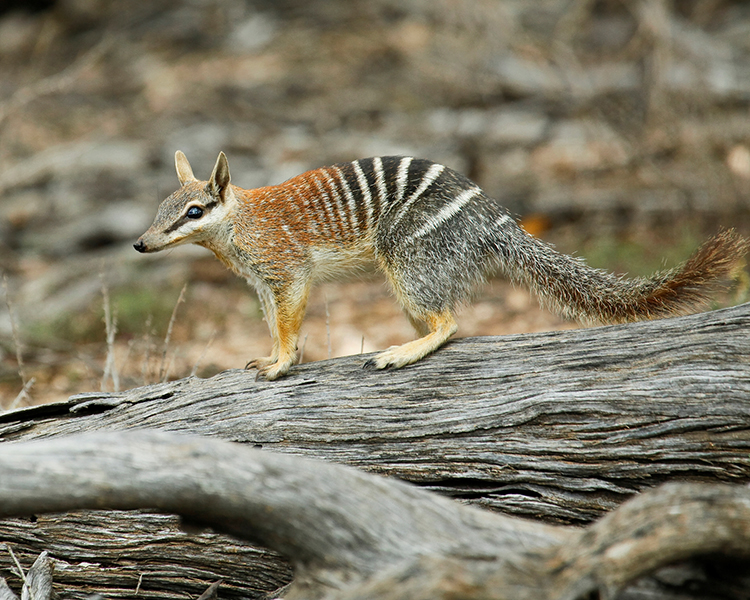
Public preferences for fox and cat control in Western Australia
Tuesday, 13 February 2018 -
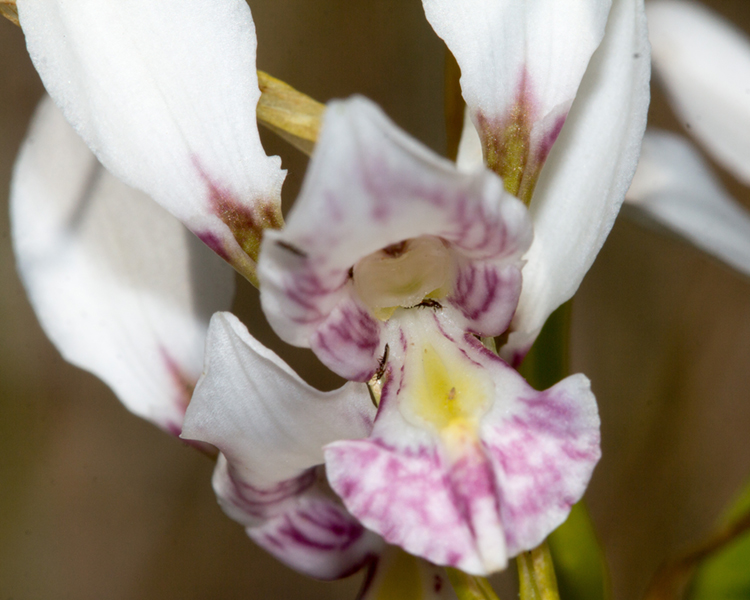
Recovering Australian threatened species - Reasons to be hopeful
Tuesday, 29 May 2018 -
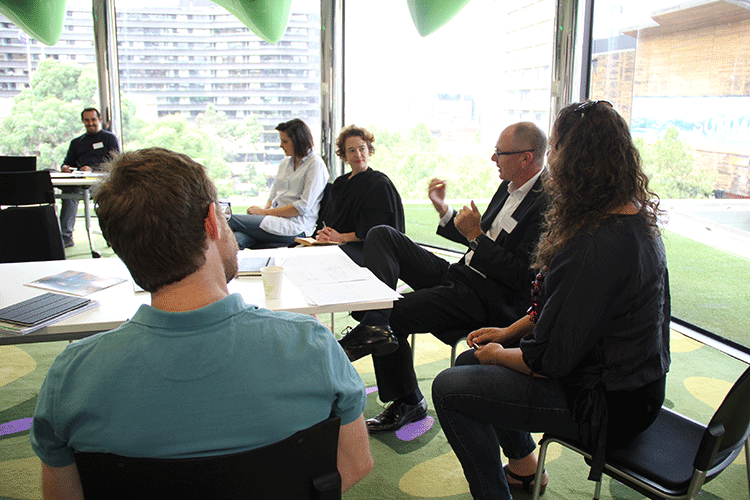
Seize the day
Monday, 07 August 2017 -
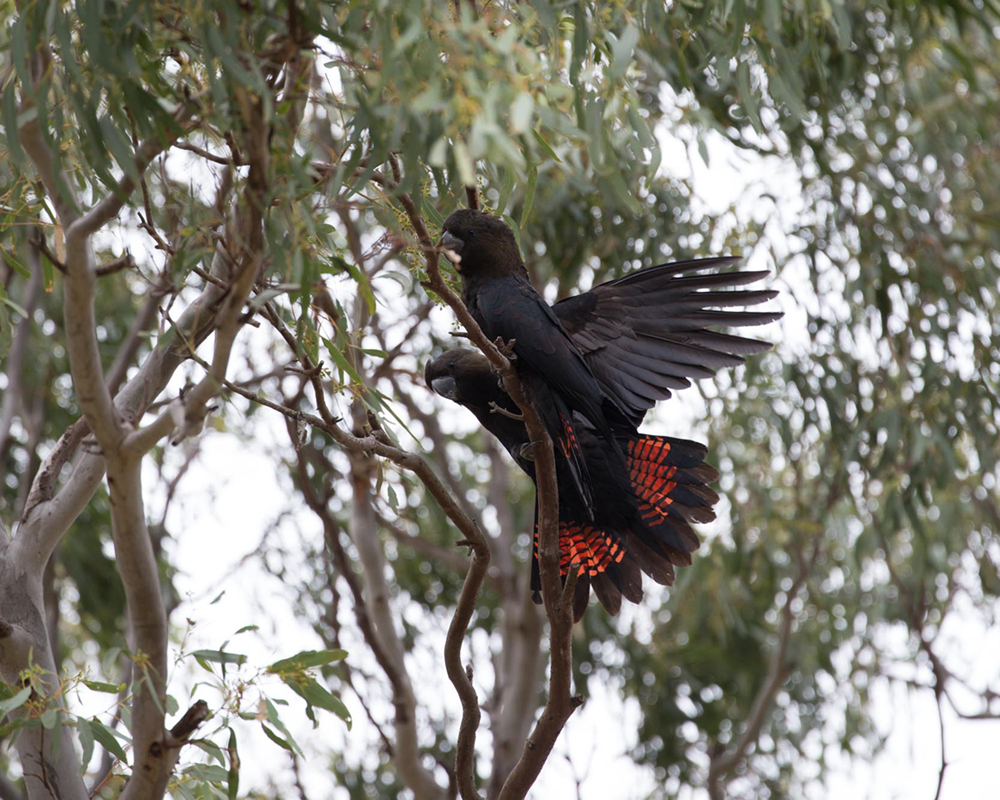
Success for Kangaroo Island’s glossy-black cockatoos
Tuesday, 29 May 2018 -
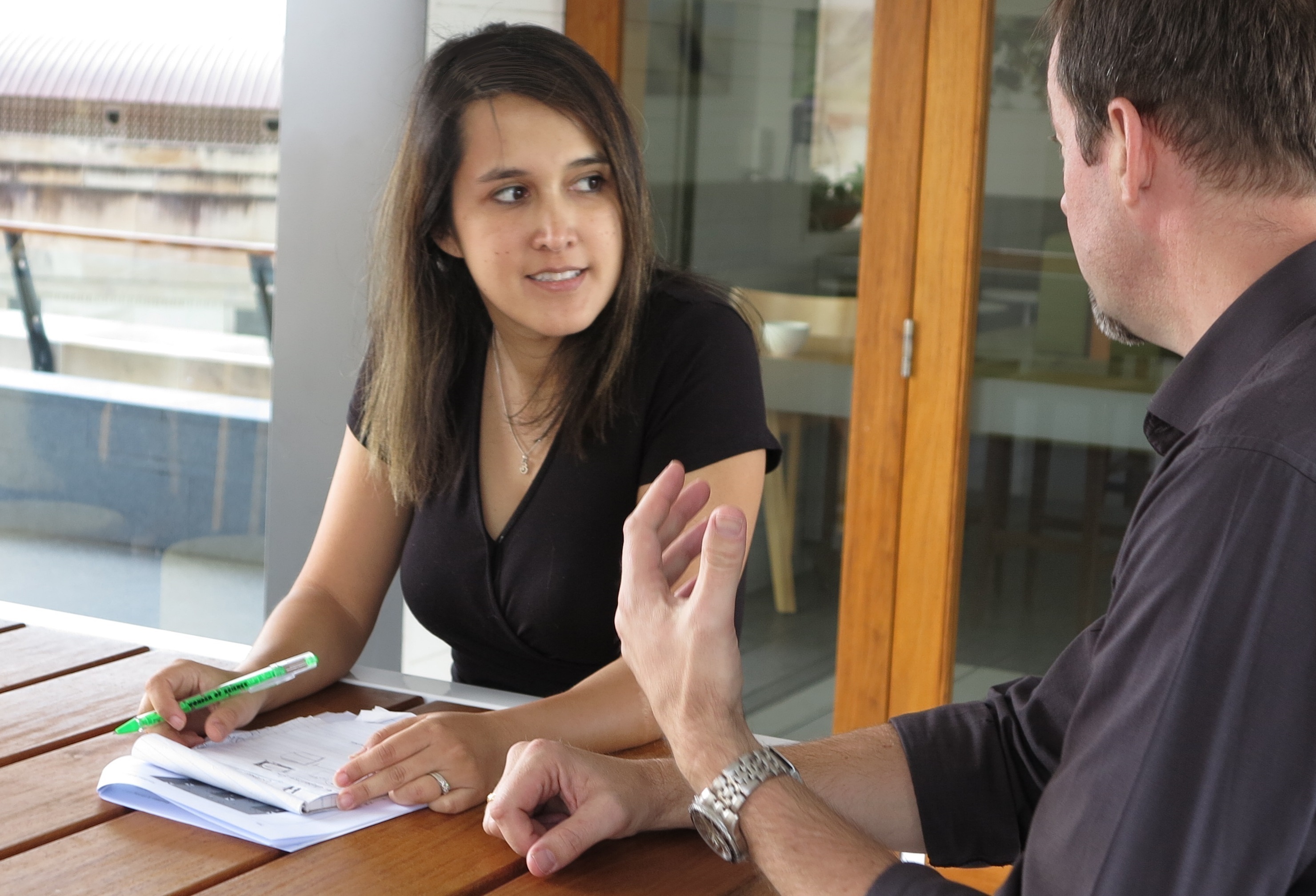
The governance of saving species
Wednesday, 14 December 2016 -
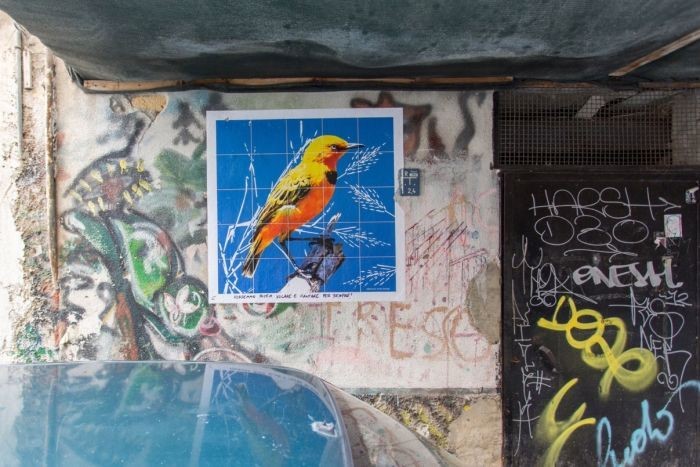
The value of a good chat
Monday, 14 November 2016 -
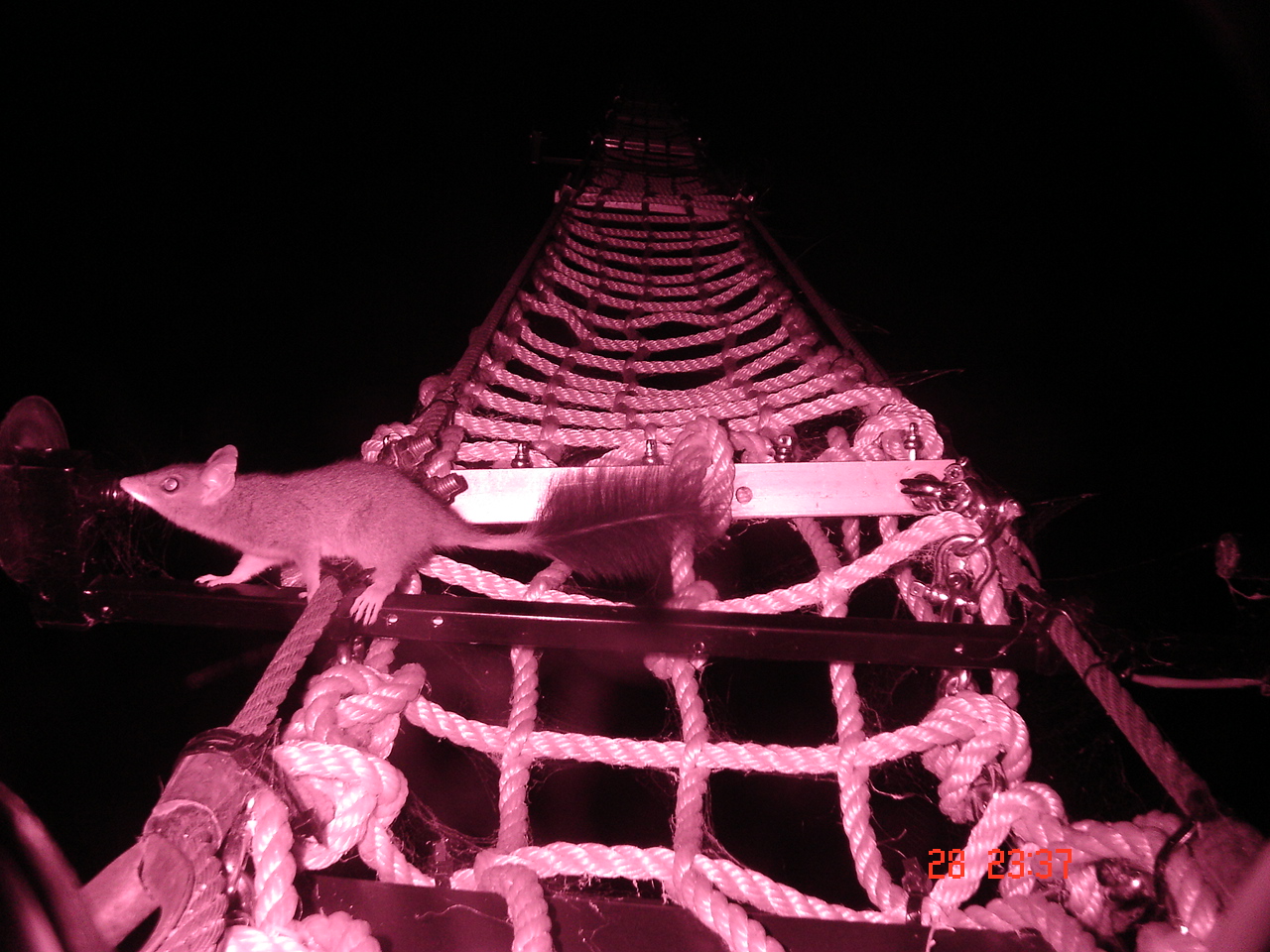
Threatened species in city spaces
Sunday, 12 March 2017 -
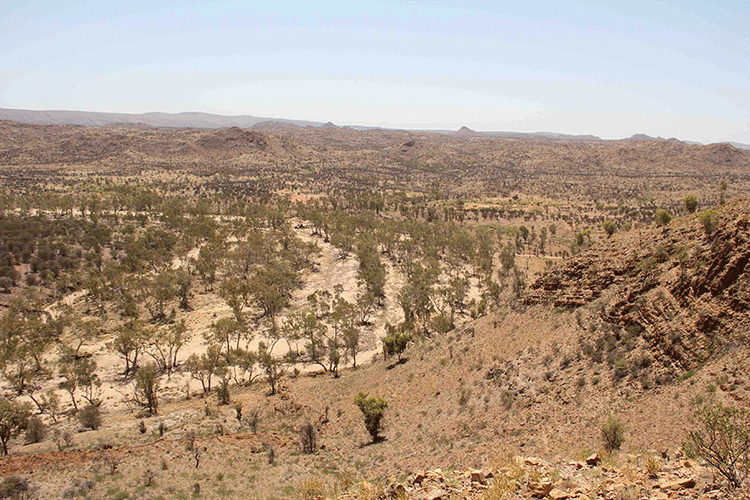
What's the overlap
Wednesday, 07 June 2017 -
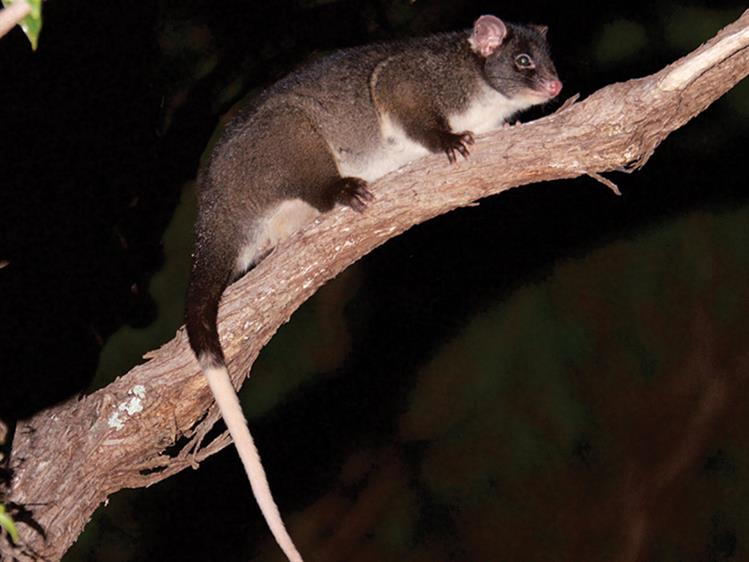
Wineries for ringtails
Thursday, 02 July 2020 -
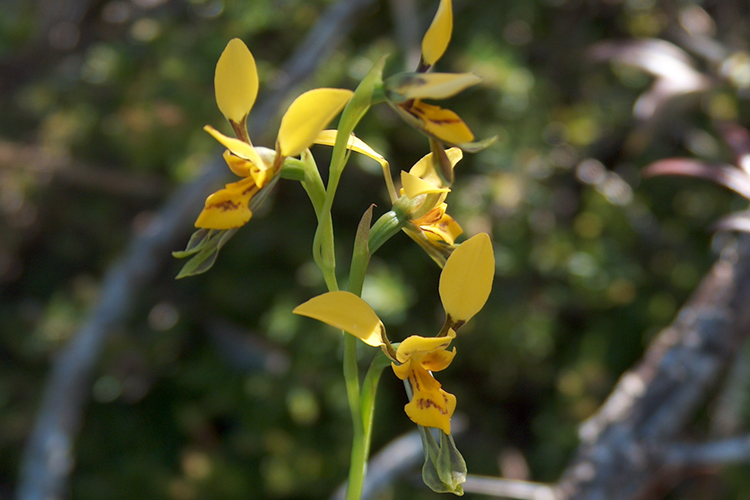
Working together to care for the Byron Bay orchid
Tuesday, 20 August 2019 -
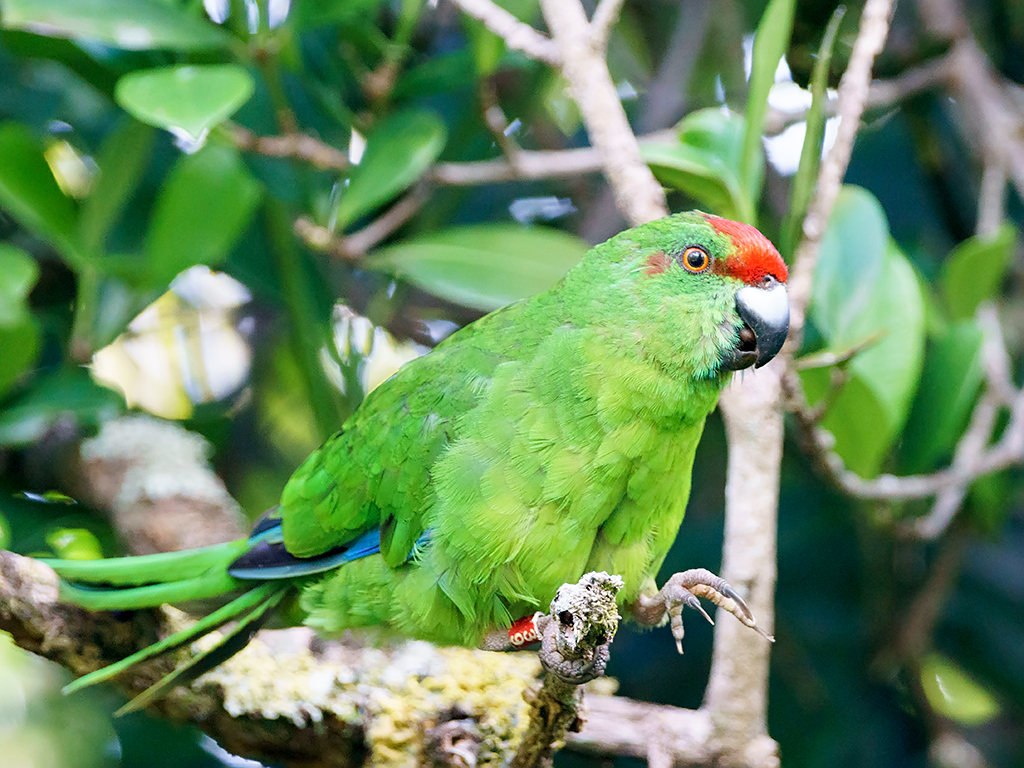
Learning from success and extinction
Wednesday, 30 March 2016 -
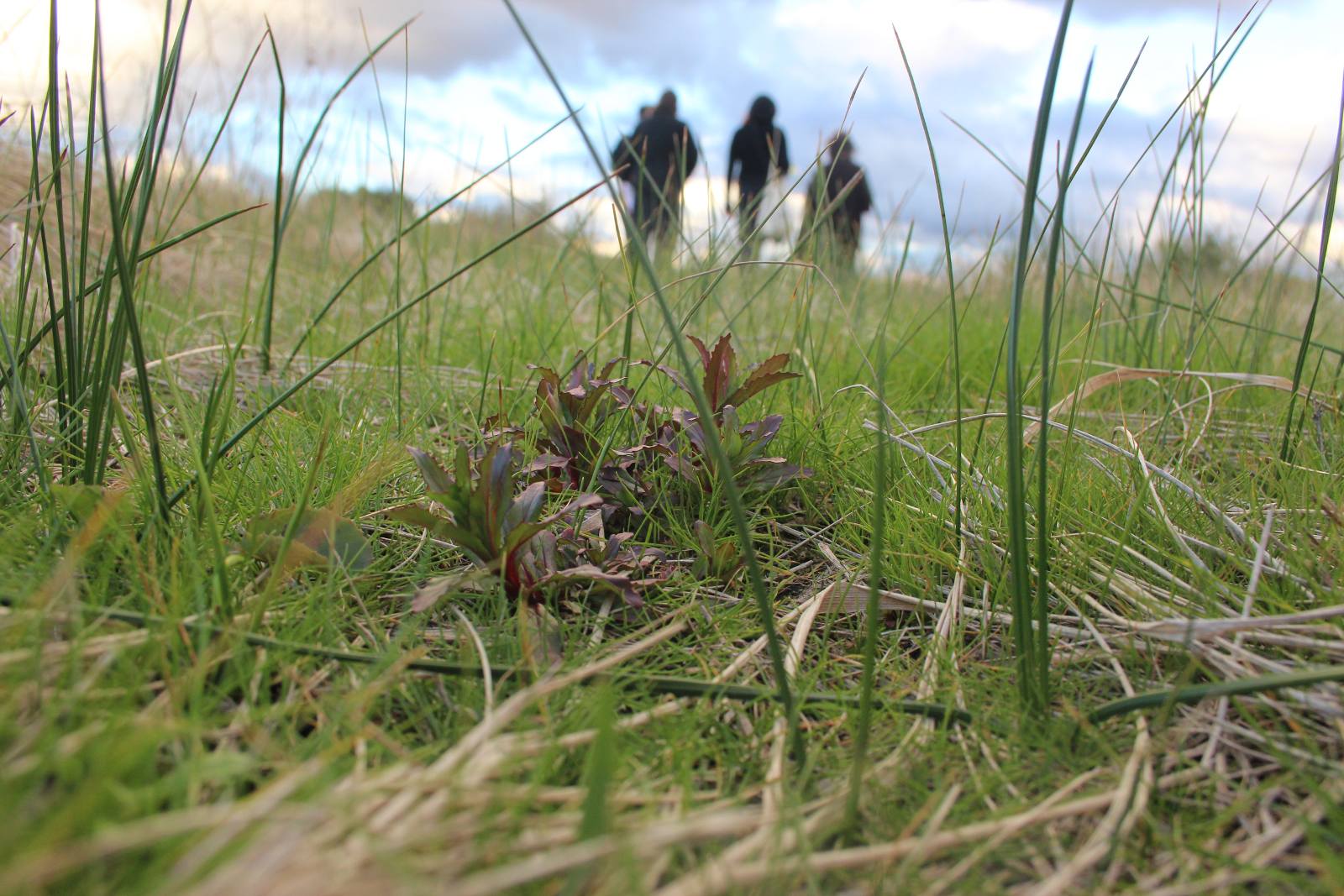
The best way to harness people power
Tuesday, 24 May 2016 -
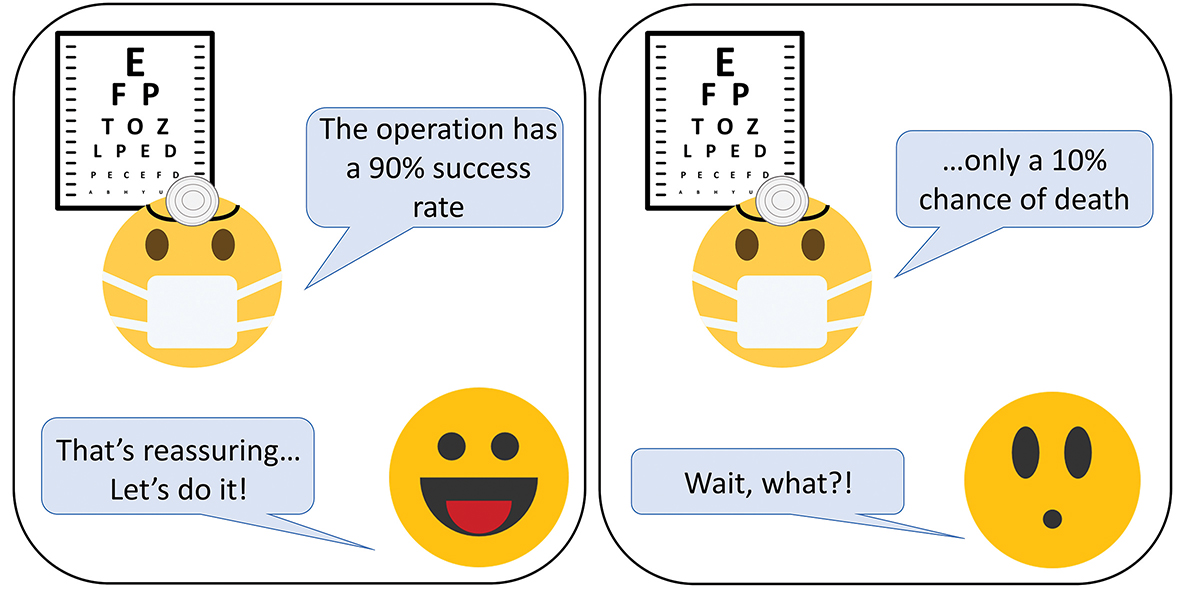
5 lessons for more effective conservation messaging
Wednesday, 28 October 2020 -
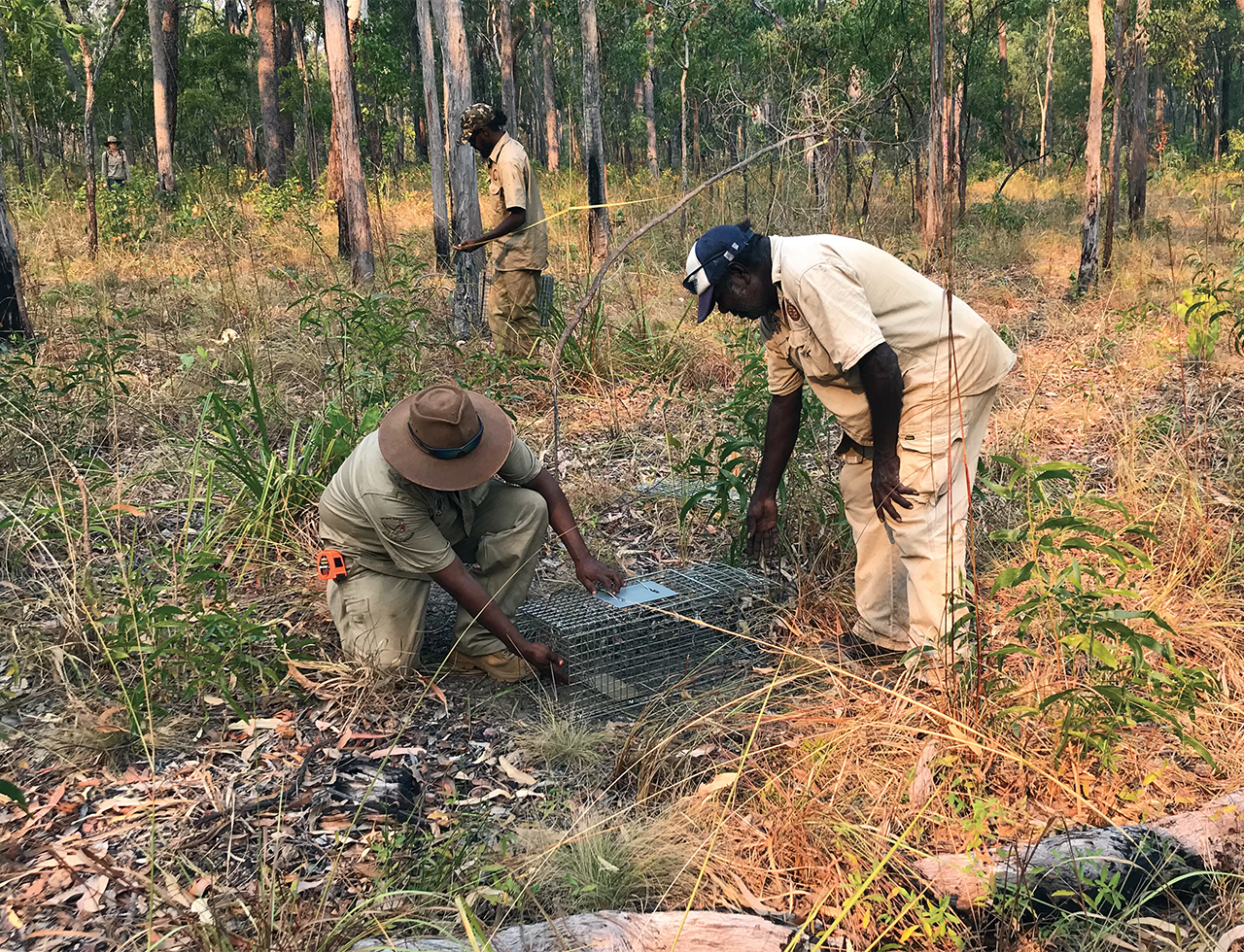
Building collaboration and two-way science
Sunday, 12 December 2021
Related Videos
-

Species of the Desert Festival 2019
Friday, 27 March 2020 -

Kakadu collaboration for the yellow chat
Monday, 20 July 2020 -

Protecting Tiwi mammals
Monday, 27 July 2020 -

Citizen science for threatened species conservation
Monday, 27 July 2020 -

Island Way, Desert Way - Kiwirrkurra and li-Anthawirriyarra Rangers share cat management knowledge
Tuesday, 12 October 2021 -

Success stories in conservation
Monday, 20 December 2021
Publications & Tools
Key factors for effective partner integration and governance for threatened species recovery
Reports
Reports
How citizen science programs are implemented in Australia for threatened species
Findings factsheets
Findings factsheets
